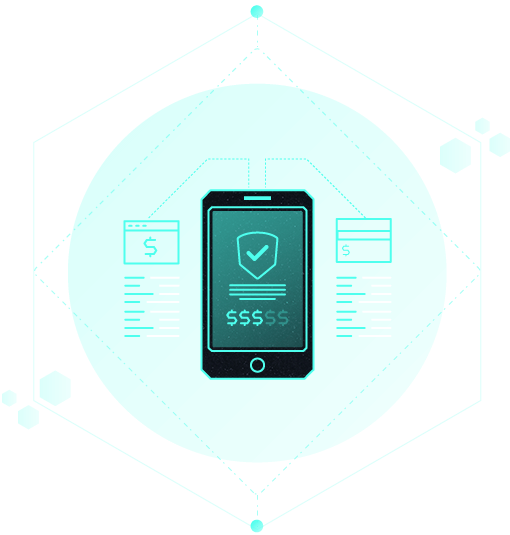AI IN INDUSTRY 

The pace of artificial intelligence development is staggering.
Research shows that AI has the potential to boost rates of profitability by an average of 38 percent by 2035 and lead to an economic boost of $14 trillion across 16 industries in 12 economies by 2035.
No matter the outlook, the future is clear: artificial intelligence is performing jobs and tasks around us, and will continue to play a growing role in all industries in the future.
Click on the icons below to discover how AI is set to transform the industry you work in

HEALTHCARE
Growth in the AI health market is expected to reach $6.6 billion by 2021—that’s a compound annual growth rate of 40 percent.
A.I. VIRTUAL ASSISTANTS
These will be able to treat 5-10 times as many patients with chronic illnesses. According to a recent report, “A basic AI today in clinical practices can be used for alerts & reminder, diagnostic, therapy planning, information retrieval, and image interpretation.” Physician AI virtual assistants will have conversational ability and will be able to support the physician in messaging with patients, answering routine questions, suggesting treatment options, and more.
Source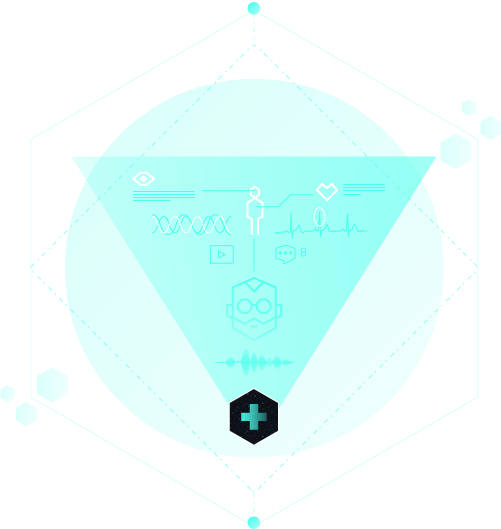
PRECISION MEDICINE
We’ll be able to identify patterns in huge data sets of genetic information and medical records, looking for mutations and linkages to disease, using a new generation of computational technologies that can tell doctors what will happen within a cell when DNA is altered by genetic variation, whether natural or therapeutic.
Source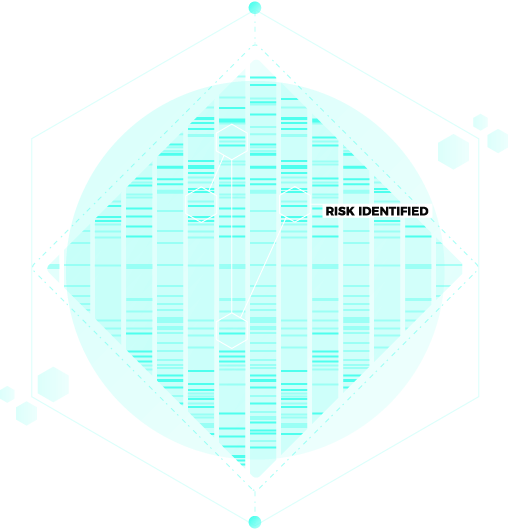
IMPLANTABLE CHIPS
Kernel, a new US-based “human intelligence” company, is developing a neuroprosthesis that could “mimic, repair and improve cognition”. The company aims to create an implantable chip, which sits in the hippocampus region of the brain and can electrically stimulate certain neurons. By trying to replicate the way the brain cells communicate with each other, it could help those with dementia or a brain injury to be able to create long-term memories again.
Source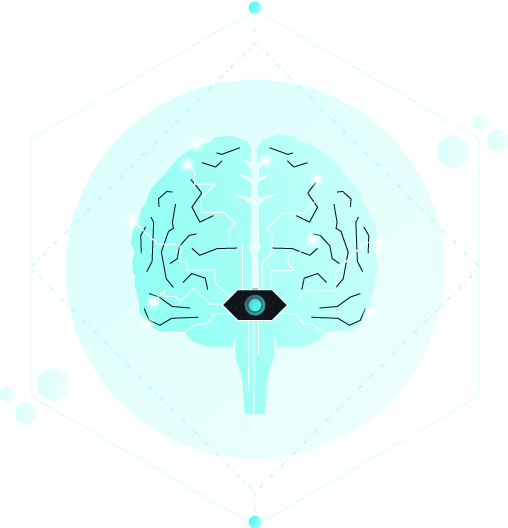

Agriculture
Precision agriculture is set to grow bigger and farms are set to become smarter and more connected. It is estimated that by 2020, over 75 million agricultural IoT devices will be in use.
Drones
One of the more widely accessible gadgets to come out of farming’s high-tech makeover. Providing new ways of increasing crop yields through in-depth field analysis, long-distance crop spraying and high-efficiency crop monitoring, drone technology is quickly becoming invaluable for farmers. Practical applications for drone technology are constantly growing so it’s likely that drone-powered solutions will be on the up over the next few years.
Source
Field Robots
In a new initiative called FarmView, researchers are working to combine sensors, robotics and artificial intelligence to create a fleet of mobile field robots they hope will improve plant breeding and crop-management practices. It will take a visual survey of a vineyard at the start of the season and then use a combination of computer vision and machine learning to predict the expected fruit yield at the end of the season.
Source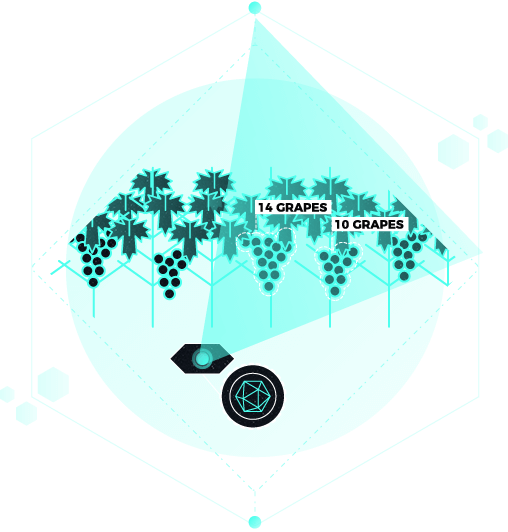
‘See and Spray’ Tractors
Cutting-edge machine vision tools are being introduced on tractors that help farmers scan fields, assess crops, and get rid of weeds — all at the same time. Cameras will fix onto crop sprayers and use deep learning to identify plants. If it sees a weed, it’ll hit it with pesticide; if it sees a crop, it’ll drop some fertiliser.
Source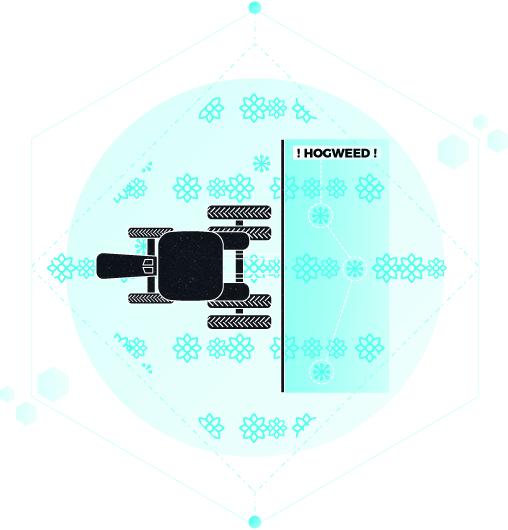

TRANSPORTATION & LOGISTICS
The applications for AI in transportation and logistics are broad, covering supply and demand, inventory, coordinated shipping networks, vehicle maintenance scheduling, and more.
Self Flying Planes
Reducing the intervention of human pilots on aircraft could bring economic benefits and improve safety. Pilotless planes carrying passengers and cargo could appear by 2025, saving airlines an estimated $35 billion. Further technological progress could lead to a root change in the piloting skillset, making training and the in-flight workload much simpler.
Source
Remote controlled cargo ships
Cargo ships that can transport goods without needing humans on board. Multiple ships would be controlled by a land-based control hub; since there would be no crew on board, these would be cheaper to operate and have more room for cargo than today’s ships.
Source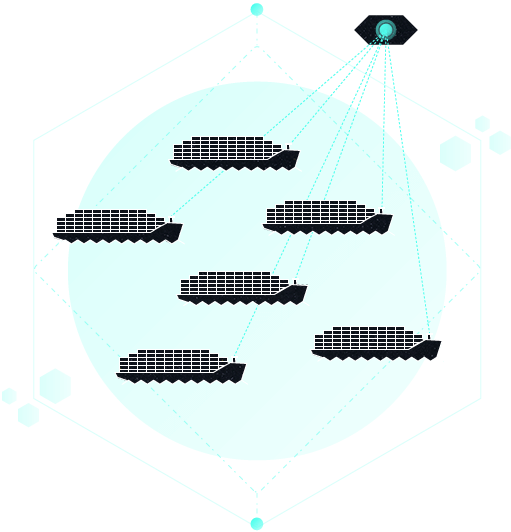
The Hyperlane
Can you imagine a future where self-driving cars zip beside interstate highways at 120 mph with absolutely zero congestion? It’s a future that could exist as soon as 2050, according to UC Berkeley graduate students Anthony Barrs and Baiyu Chen.
Source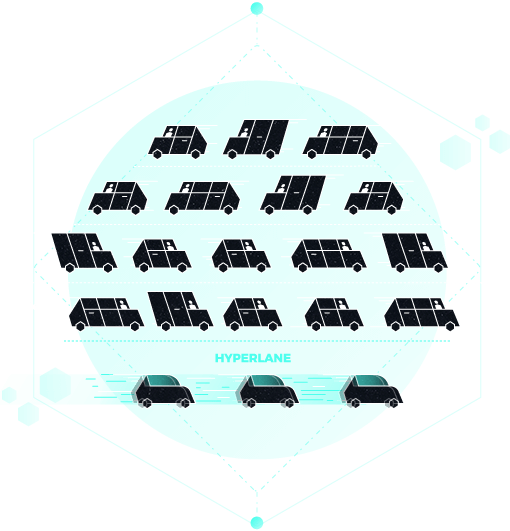

Manufacturing
The AI market is expected to grow from $8 billion in 2016 to more than $47 billion in 2020, when 50 percent of supply chains will be using AI and advanced analytics for deployment-based planning.
Virtual worlds
New tools are allowing companies to create and test situations in the virtual world, to simulate the design process and the assembly line before an actual product is created. Simulating the product-creation phase helps cut down on manufacturing time and ensures the manufacturing process delivers what companies intended to create.
Source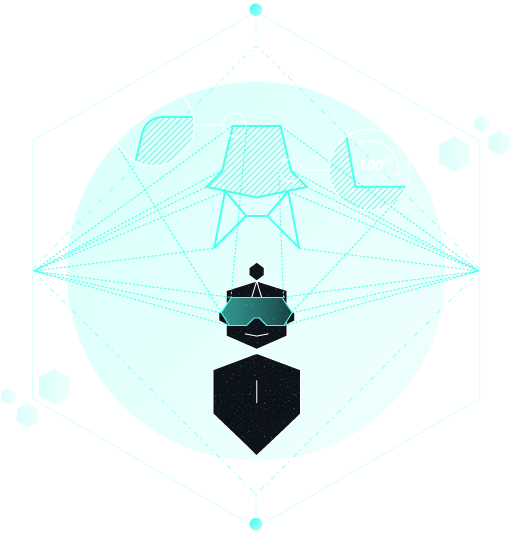
Visual inspection technology
Will identify both functional and cosmetic defects. Rooted in deep learning, a centralised ‘learning service’ will collect images of all products and will recognise and classify different characteristics of machine parts and components.
Source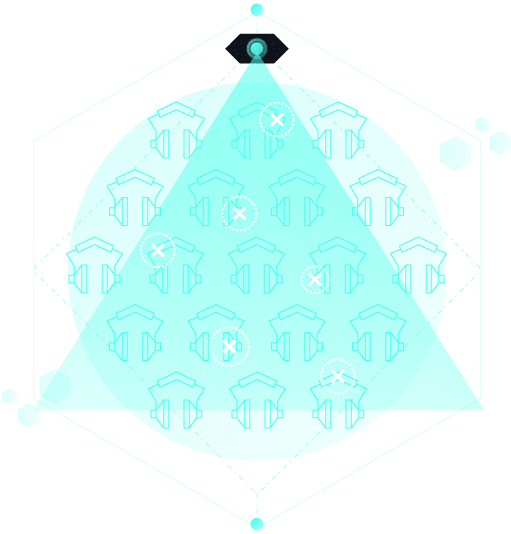
Plant monitoring
Wearable technology will enable a worker to wear a panel that fits around their arm that could display line speed, provide notifications of upcoming maintenance and give warnings when components fail.
Source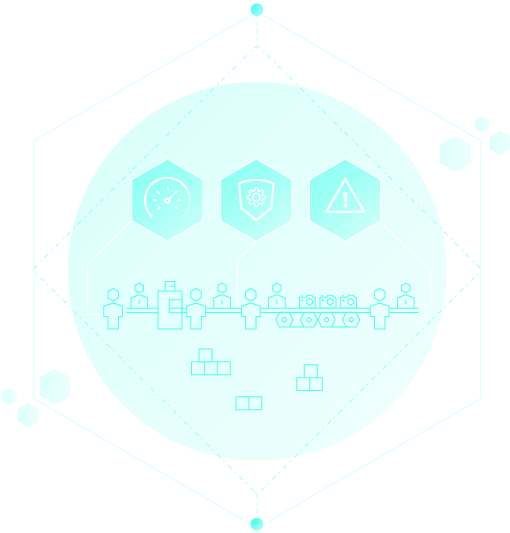

FINANCE
AI is already playing a role in critical finance and banking functions such as loan approvals, asset management, portfolio design, and risk management. But what’s next?
Robo-advisors
These robots will help banks build an online accessible tool that considers user preferences, personal demographic information, earning power, and wealth sources, and then matches these with their financial goals.
Source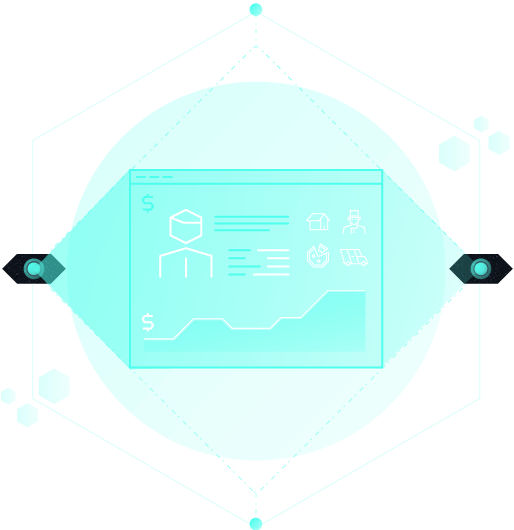
Cyber-crime
To date, cyber-crime has been relatively low-tech with phishing and malware attacks. But AI will surpass human hackers — and the only defence will be another AI program. Banks and other companies and governments will have no choice but to invest more and more in sophisticated AI systems to defend themselves from attack.
Source
Mobile banking applications
These will integrate with a user’s online bank accounts, debit and credit cards, and e-wallets to track their expenses, present advice on better expense management practices, and help them choose more suitable financial products that sit well with their financial habits.
Source